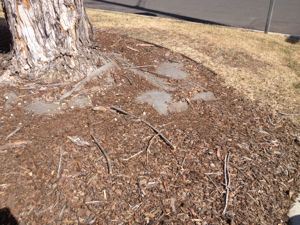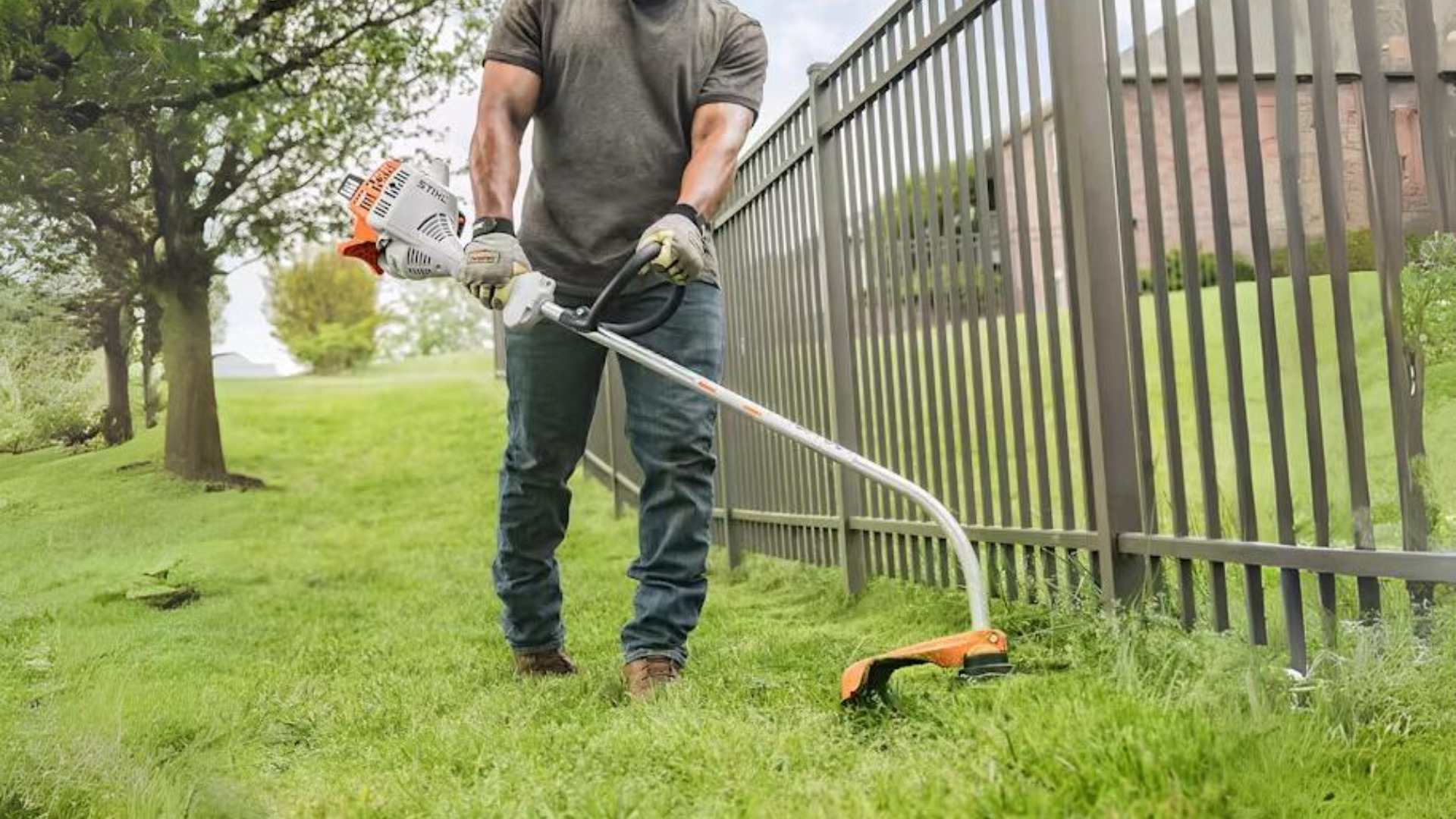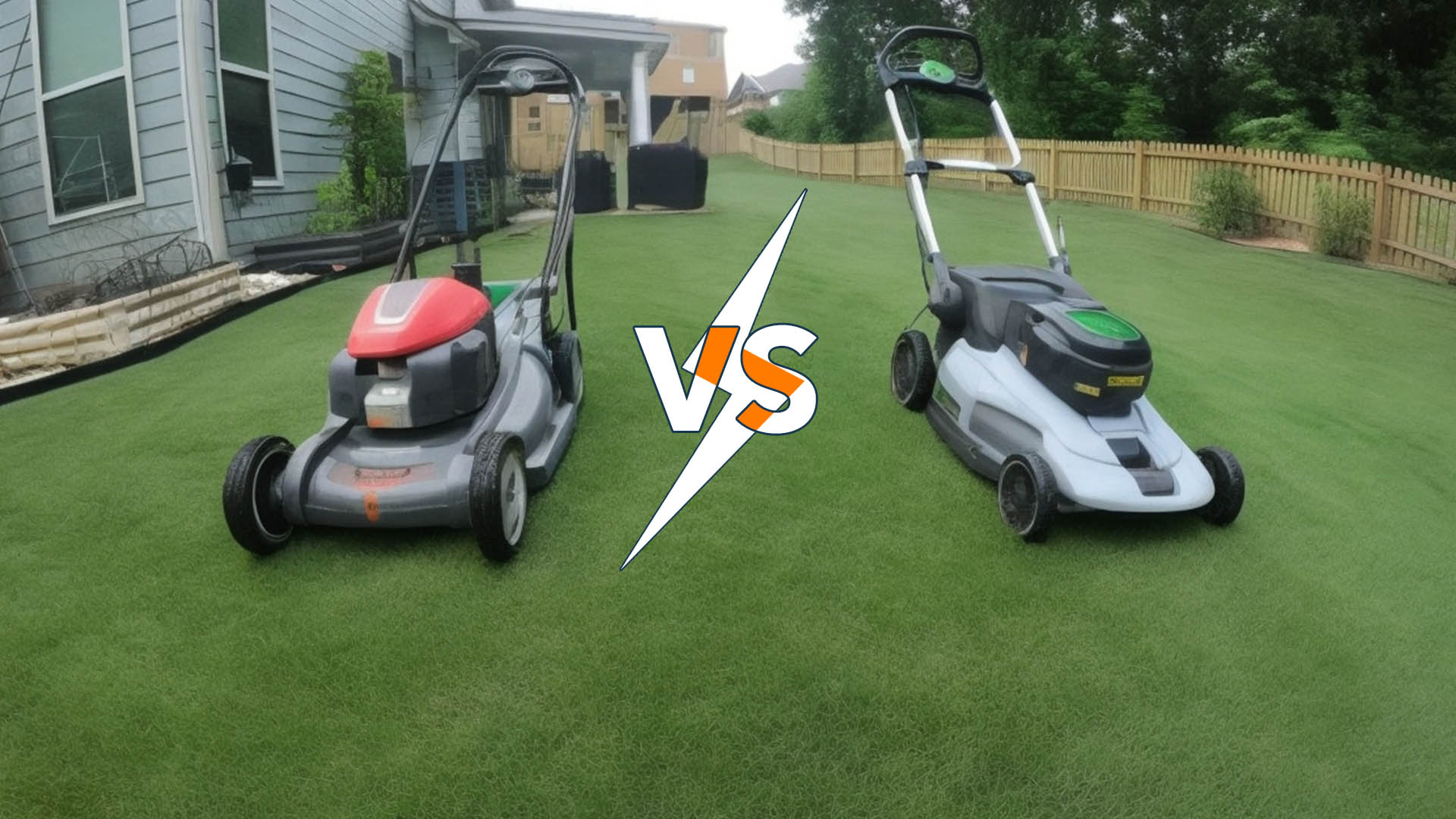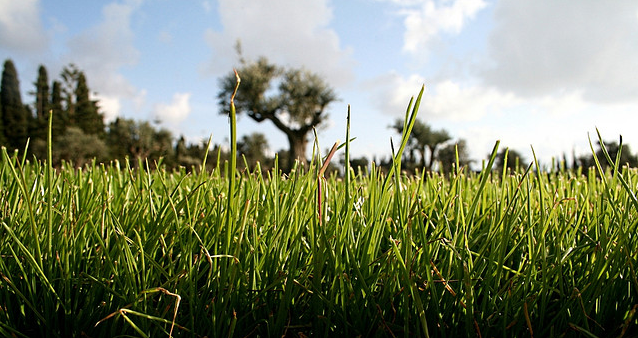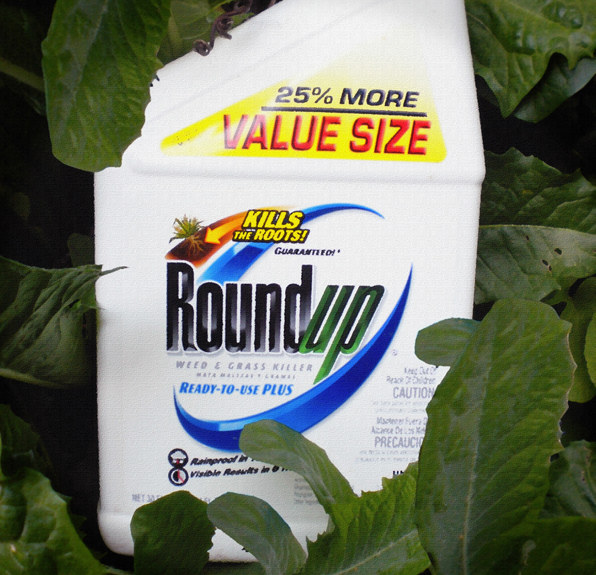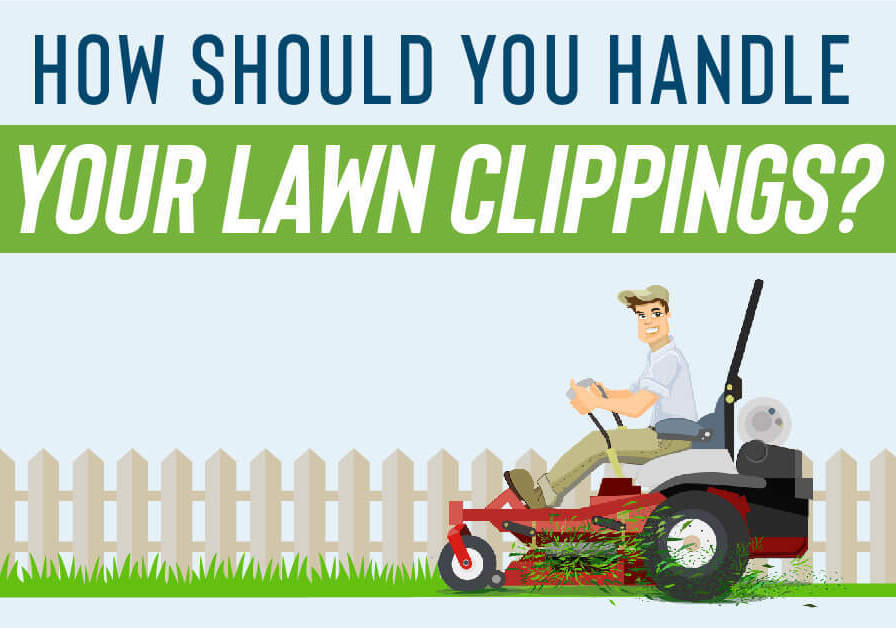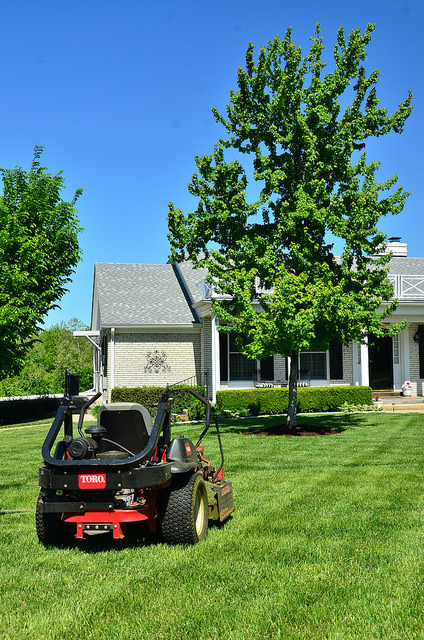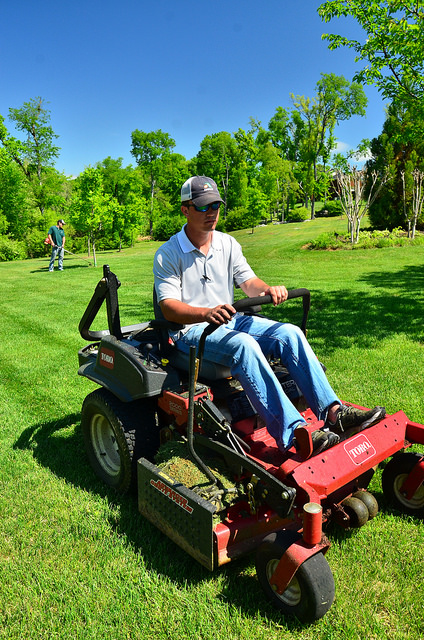 Why Hire a Landscaper?
Why Hire a Landscaper?
What Is Aeration? The Truth About This Important Part of Lawn Care
by Gene Caballero | April 15, 2024
What Is Aeration?
The Truth About This Important Part of Lawn Care
Here's the deal: your home is the place to be. Everyone is coming over for a cookout Friday, you’re hosting family the following week, and the kids and their friends regularly turn your lush lawn into a sports field. Chances are, you're looking for ways to keep your lawn healthy and may be asking, "What is aeration?"
A lot of work goes into maintaining a vibrant and beautiful outdoor space. Aeration is essential to creating a healthy lawn.
According to a survey, though, 78 percent of homeowners who aerate their yards do it in the wrong season, and 75 percent with lawns don't do aeration and seeding at all.
What is aeration?
Aeration is all about perforating soil. The process allows air, water, and nutrients to penetrate the root zone more efficiently. Soil compacts with lots of foot or vehicle traffic.
Compacted soil can slow — and sometimes prevent — root growth, negatively affecting a lawn's health. Aeration removes plugs of soil to combat soil compaction. 
A lawn receiving aeration at the right time allows much-needed water and oxygen into the root zone. The root zone is the area around a plant's roots filled with oxygen and water. So, what is aeration? It gives grass a healthy boost by breaking up compacted soil. Some simple changes might help prevent soil compaction:
|
|
|
Plant roots cannot grow if the soil is too dense. Some of the following signs might indicate soil compaction is the cause of your lawn not looking as lush as you'd like:
Look for paths where no grass is growing. Many people walking the same route kill the grass and compact the soil. These areas may need aeration. Also, consider adding a walking path in places where you need to get to often. It could be a high-traffic route from the road to your front door — a stone path would help. Stepping stones will also compact soil, but not to the same degree — they distribute weight and reduce the impact.
When there are no visible footpaths, but a lawn still looks splotchy, that might be a sign of compacted soil.
Notice tree roots on the surface? While species like ash, beech, and maple have shallow roots that grow naturally on the surface, if trees whose root systems typically spread down and out under the surface are exposed, that might be a sign of compaction. Again, the roots cannot muster the strength to push through the dense soil.
Those wondering, "What is aeration?" might also want to know if soil compaction is the only issue the process resolves. Hint: It's not. Aeration also helps remove thatch from a yard.
According to the UMass Extension Turf Program, "thatch is a tightly intermingled layer of living and dead stems, leaves, and roots which accumulates between the layer of actively growing grass and the soil underneath."
A thin layer of thatch is good. But too much thatch blocks water and prevents fertilizer from doing its job; it provides lawn pests and diseases a place to lay their heads and can trap roots and expose them to heat. Water also tends to pool in the thatch layer. Too much water equals no oxygen. Big problem.
While aeration may not help much if a lawn faces a severe thatch problem, it often helps maintain a healthy thatch layer by discarding some naturally during the process.
Aeration versus dethatching
To better answer the question, "What is aeration?" it’s essential to compare it to other processes used to reduce thatch. One method, dethatching, is often compared to aeration. Let's put the two side by side.
The processes behind aeration and dethatching
Dethatching is all about extracting the built-up organic material that is in the way of the soil and grass and preventing them from receiving sunlight, water, and oxygen. As we discussed earlier when we answered, "What is aeration?" it is the process of puncturing soil to allow water and oxygen to reach the root zone. So, aeration drills down. Dethatching pulls up.
The purpose of aeration and dethatching
Aeration's sole concern is breaking up compacted soil. In the process, it can help manage thatch (even if minimally). Dethatching focuses on removing excessive thatch components. Typically, detaching looks to alleviate lawns with a thick thatch layer.
Are there any drawbacks to these processes?
Dethatching can be stressful on a lawn and should not be performed on warm-season grasses like Saint Augustine or Bermuda. It's also a process that should be avoided during extreme heat or when actively growing seedlings.
It's wise to hire a professional for aeration or dethatching. If done poorly, both processes can cause a lawn more harm than good. Dethatching places more stress on a lawn than aeration. Aeration done without proper training can also stress your yard.
Homeowners taking the task on themselves might aerate at the wrong time and worsen soil compaction. They may also damage underground lines or sprinkler heads. Are there different types of aeration?
Are there different types of aeration?
Core, spike, and liquid aeration are the three most common types. Out of the three, core aeration is the most common. When someone asks a professional, "What is aeration?" they typically use core aeration to explain the process and why it’s important.
Core aeration is what most people think of when speaking about aeration. A lawn aerator with hollow tines reaches about two to three inches down to pull plugs or "cores" of soil and thatch from a lawn to reduce compaction.
The process promotes root growth and helps water and oxygen to access the root zone. When dealing with severe soil compaction, core aeration is one helpful step in getting a lawn back on track.
Unlike core aeration, spike aeration does not remove cores of soil. Instead, it simply pokes holes in the lawn. Theoretically, this process also helps water and oxygen reach the root zone. However, many professionals caution against spike aeration.
Ever seen a pair of aerator spike shoes?
Spike aeration may poke holes but can also compact soil even further.
Liquid aeration is the new kid on the block. Several products claim they are an effective and quicker way to aerate a lawn. Homeowners are supposed to apply the solution evenly across their lawns using a hose-end sprayer.
According to the University of Nebraska-Lincoln Institute of Agriculture and Natural Resources Extension, "there is no evidence any of these products have been scientifically evaluated for effectiveness. Bottom line - its wishful thinking to believe such a solution will have any effect on compacted soil."
So, what is aeration?
It's a process with multiple approaches, yet core aeration done by a professional crew remains the best option. 
When is the best time to aerate?
It's widely accepted that the best time to aerate depends on your grass type (although some research and many professionals champion the fall as the best season for some parts of the country — the thought being that aeration and seeding in the fall capitalizes on cooling temperatures and help lawns come back stronger after the winter).
Professionals often aerate by grass type to ensure a lawn can recover better during its peak growing season. Have a lawn full of warm-season bermudagrass? Shoot for late spring or early summer. Kentucky bluegrass your go-to? Fall is your best bet.
Quick Summary
Aspect | Details |
Definition | Aeration involves perforating soil to allow air, water, and nutrients to penetrate the root zone. |
Importance | Essential for combating soil compaction, promoting root growth, and improving water and oxygen access. |
Methods | Core aeration (most effective), spike aeration (less effective and may cause soil compaction), liquid aeration (not scientifically proven). |
Best Time to Aerate | Depends on grass type and region; generally recommended in fall for most lawns. |
Benefits | Manages thatch, improves water drainage, enhances root development, and boosts overall lawn health. |
Drawbacks | Improper aeration can stress lawns, damage underground lines, or worsen soil compaction. |
Professional Help | Recommended for aeration due to potential risks and complexities involved. |
We've answered "What is aeration?" by explaining how the process works, its importance, and how it relates to other lawn care maintenance. There are three types of aeration: core, spike, and liquid. Core aeration is the most effective. However, it's wise to hire a professional for aeration. The potential to make things worse makes it worth the investment. 
Powered by Froala Editor








